Analysis of Cardiovascular Disease: Genetics, Risk, and Care Planning
VerifiedAdded on 2023/04/23
|25
|1458
|226
Report
AI Summary
This report provides a detailed overview of cardiovascular disease, beginning with its genetic underpinnings, including the role of the APOE genotype and gene mutations affecting sarcomere proteins. It emphasizes the importance of family history in assessing CVD risk and outlines clinical symptoms for advanced physical assessment. The report covers key interventions such as smoking cessation, exercise, a healthy diet, and medication, alongside referrals to dieticians and supervised exercise programs. Recommendations include moderate physical activity, a low-fat diet, limited alcohol and sodium intake, and adequate potassium consumption. A comprehensive care plan is presented, encompassing assessment, goal setting (improving nutritional status and controlling blood pressure), interventions (balanced diet, exercise, smoking cessation, and medication), and evaluation, with a focus on patient education and physician monitoring. This resource is available for students on Desklib, where they can find similar assignments and study tools.
1 out of 25
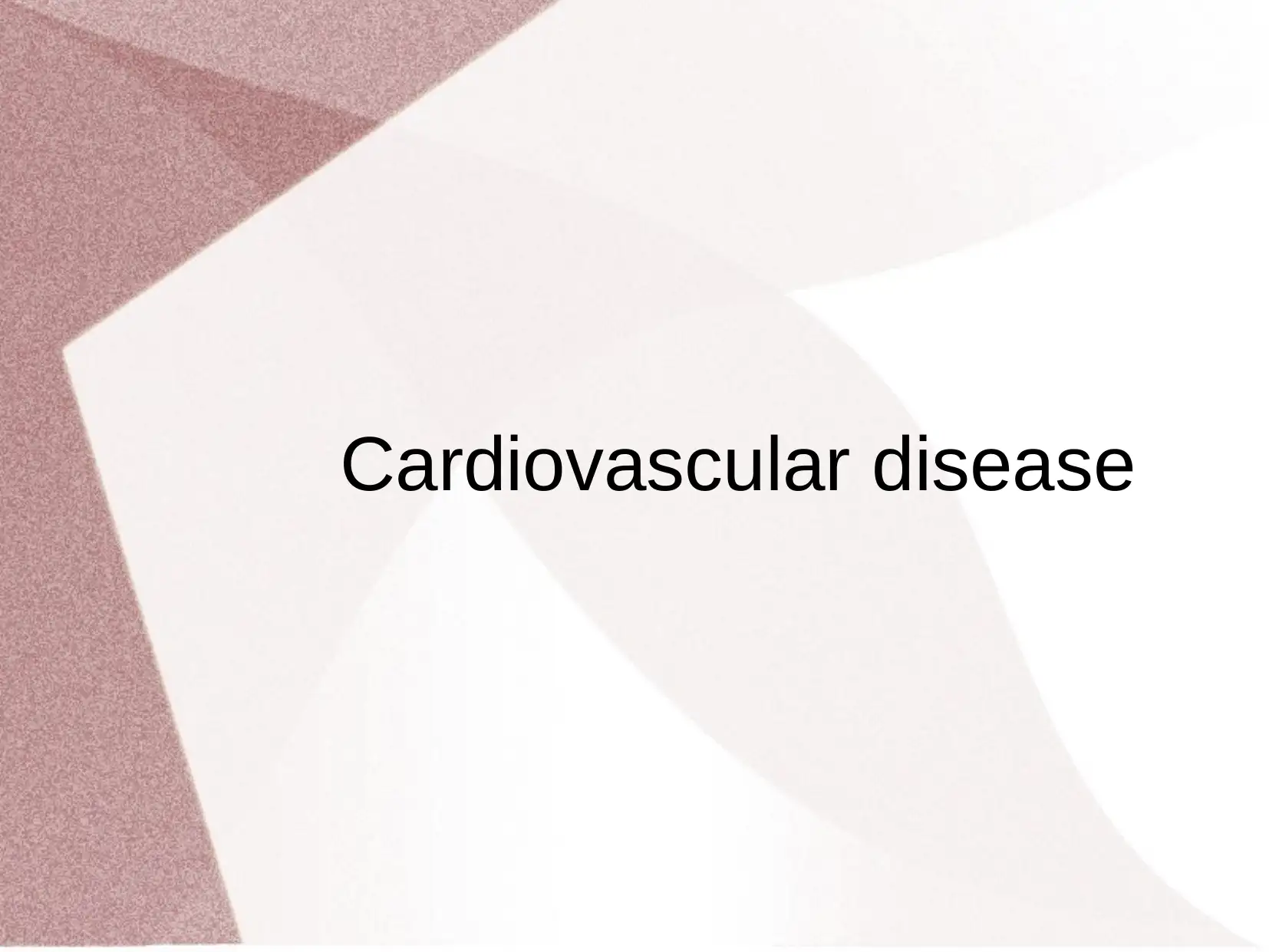
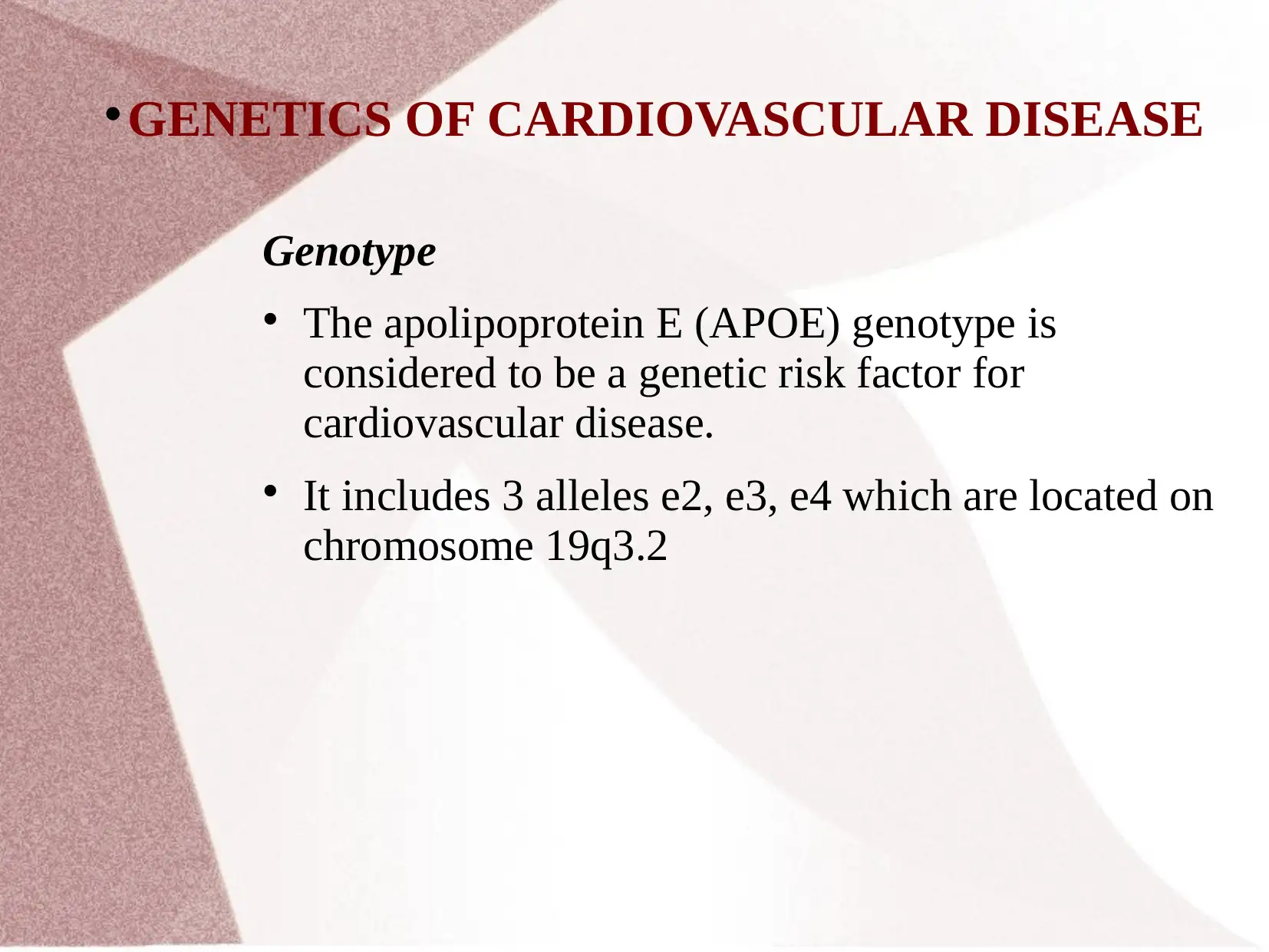
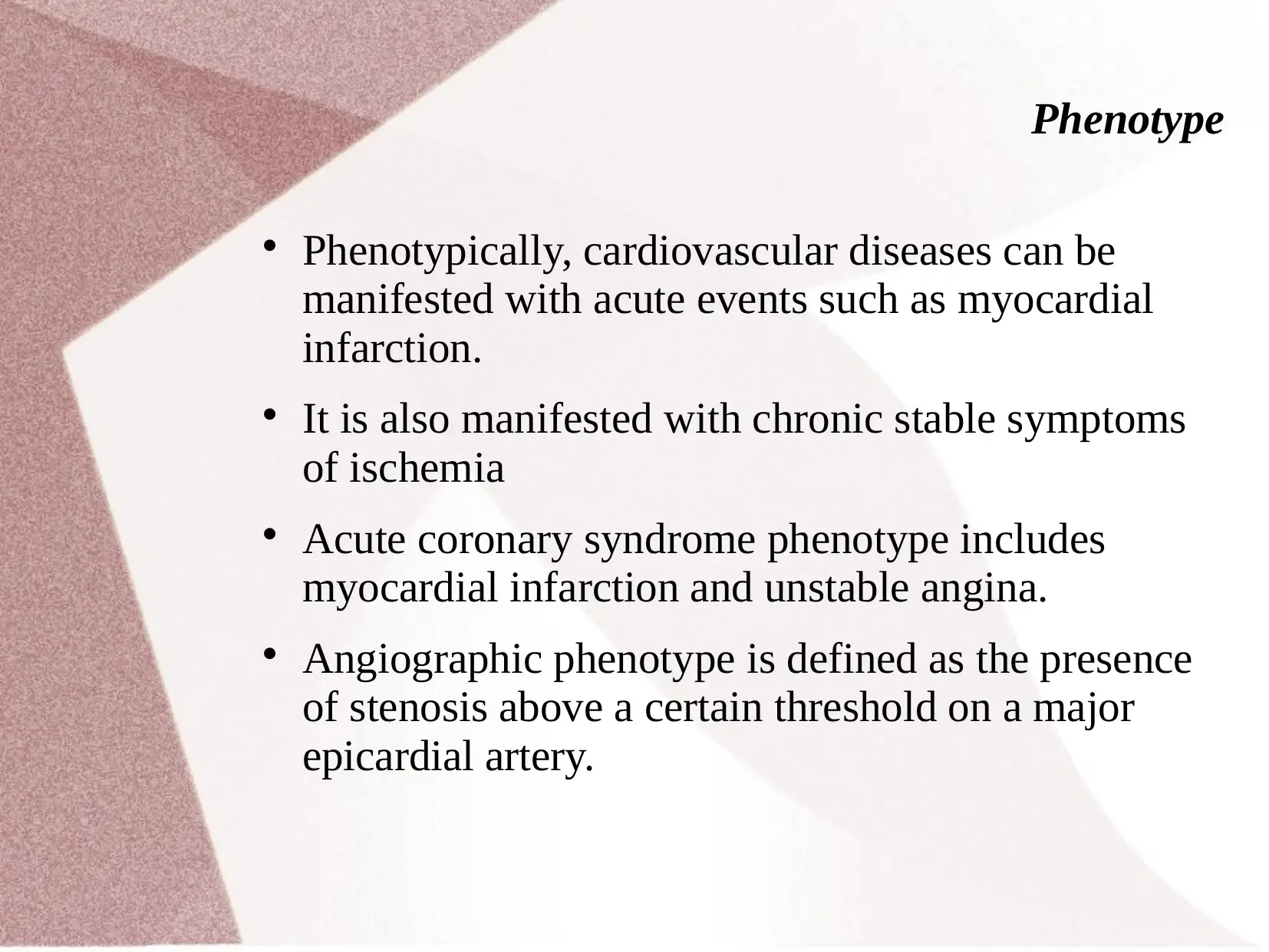

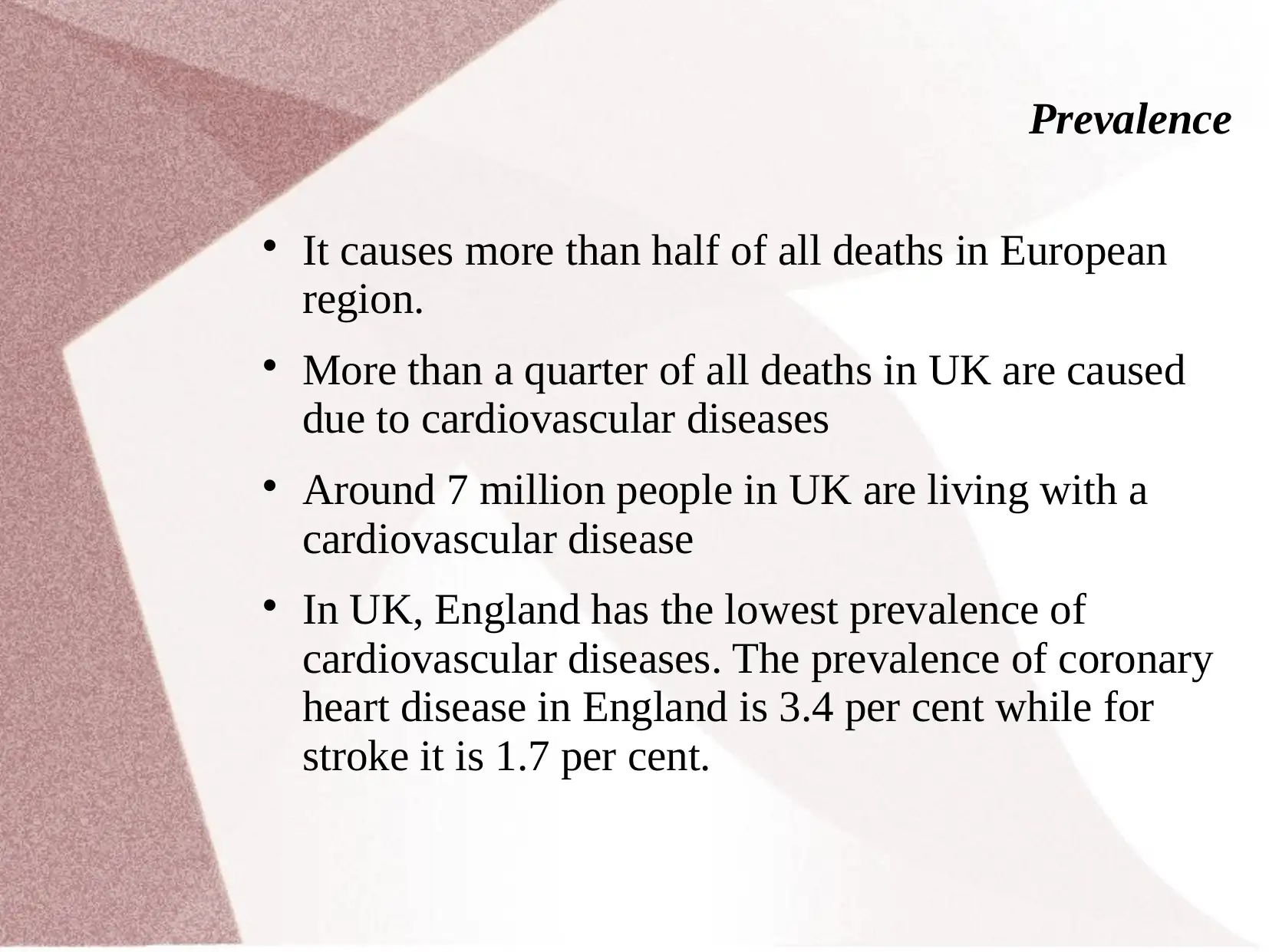
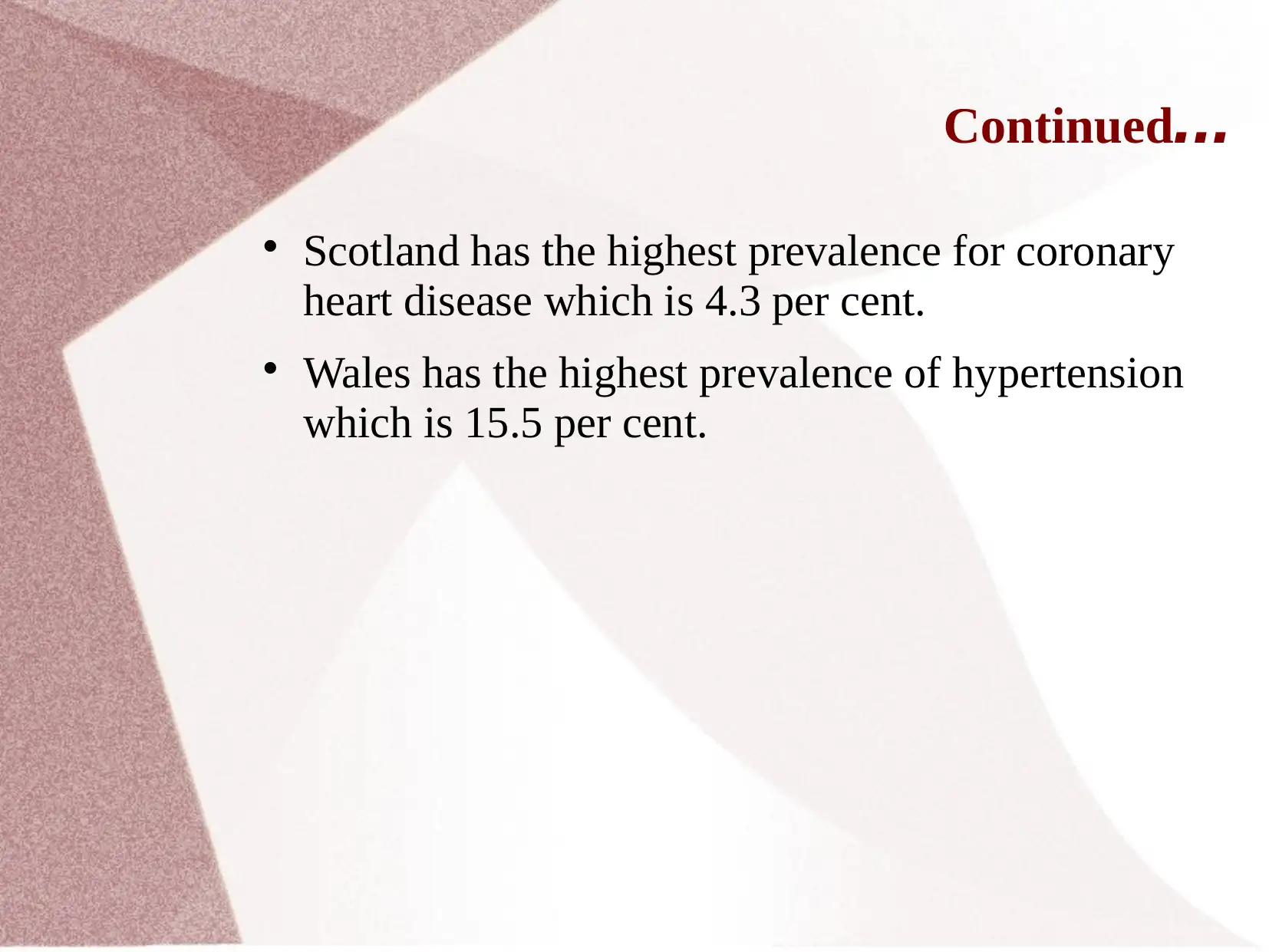
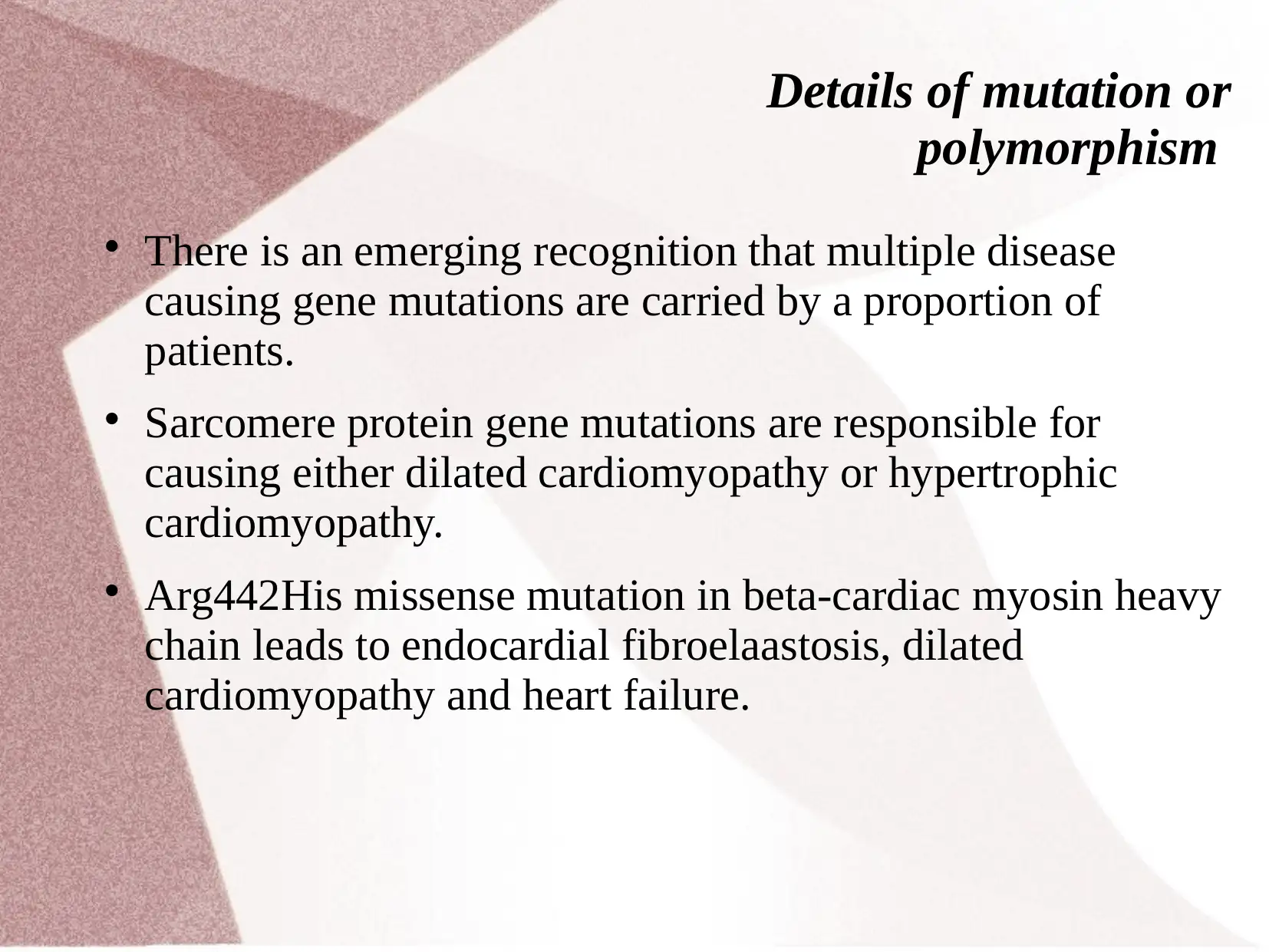
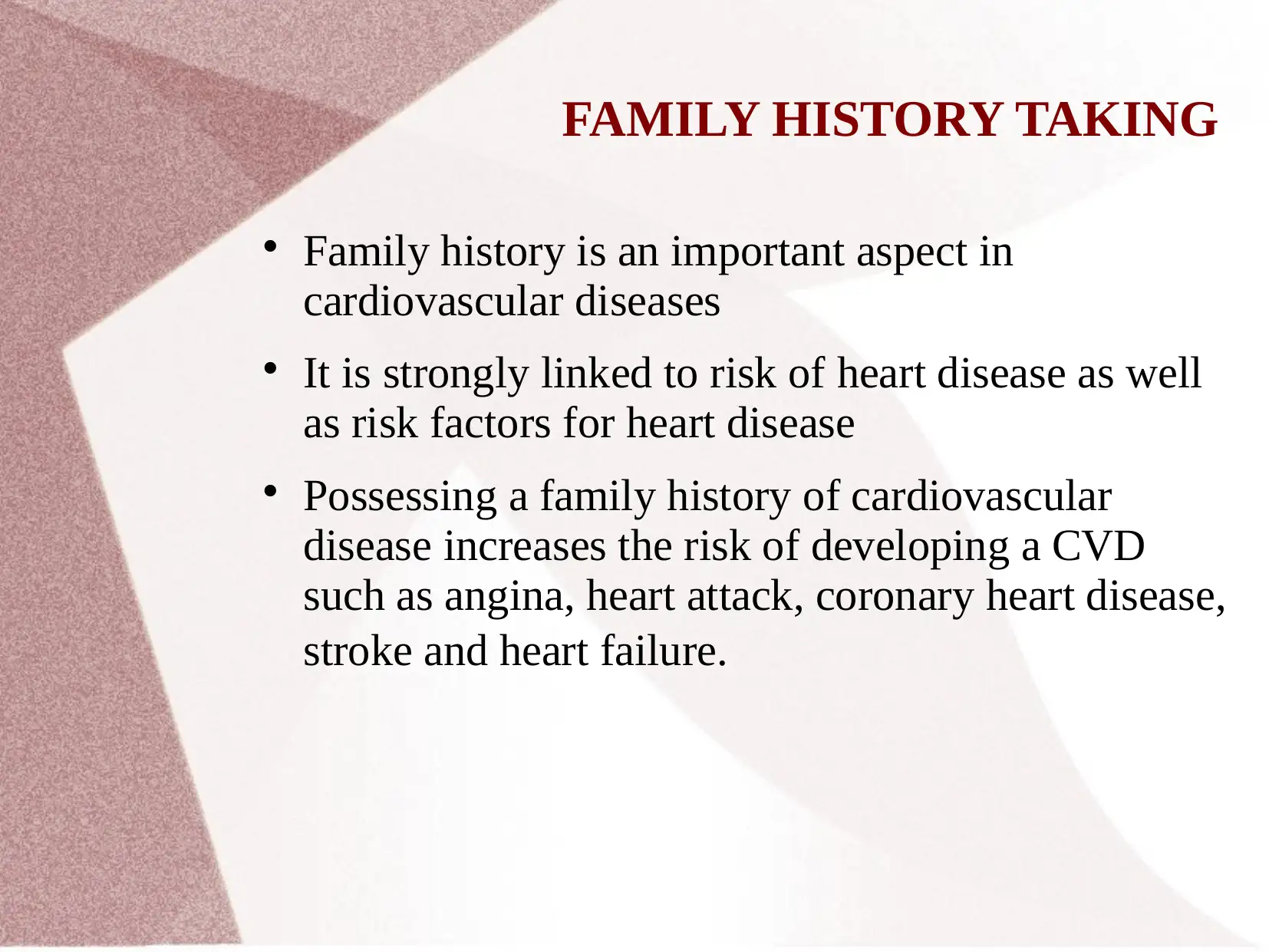
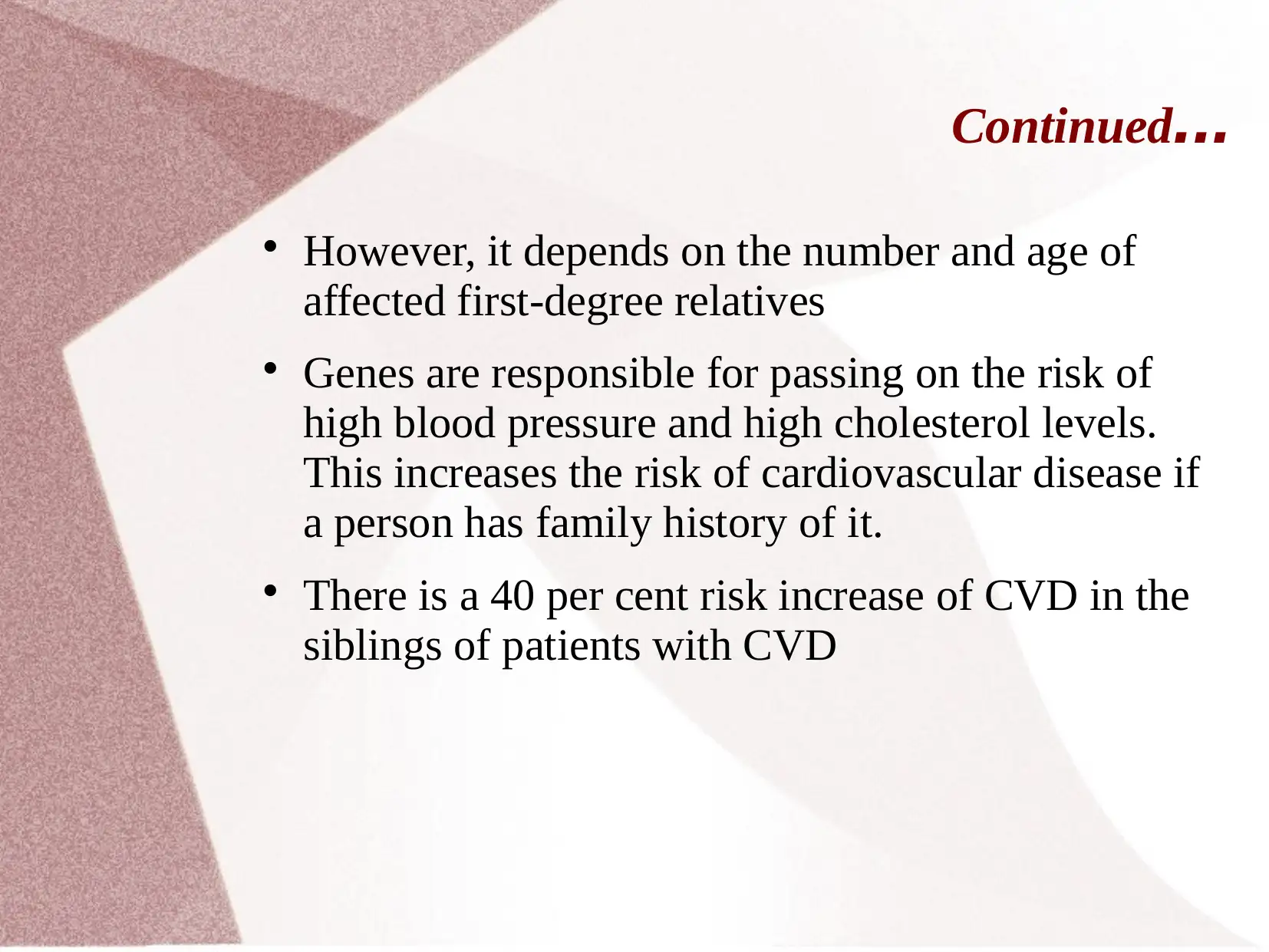
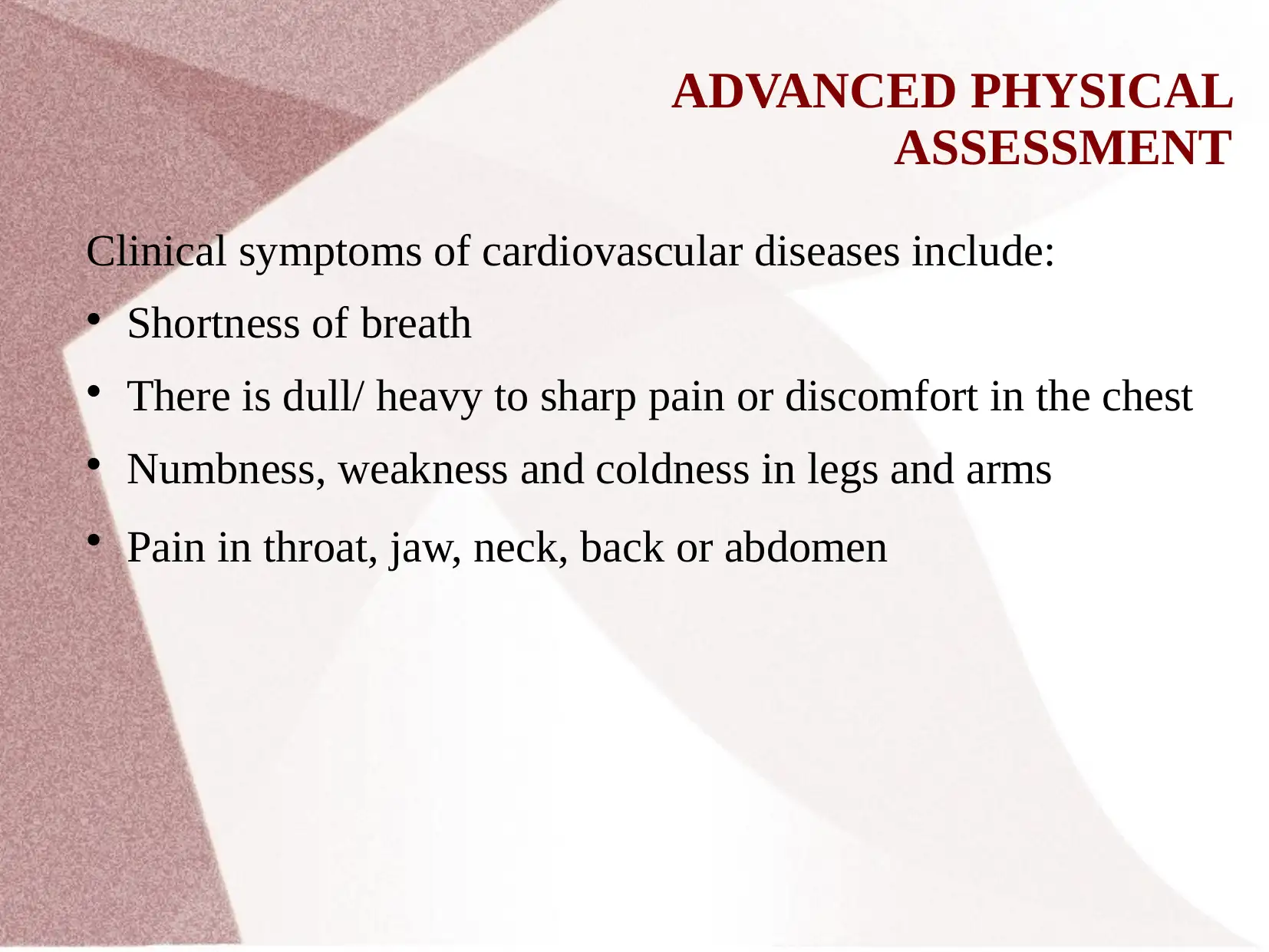
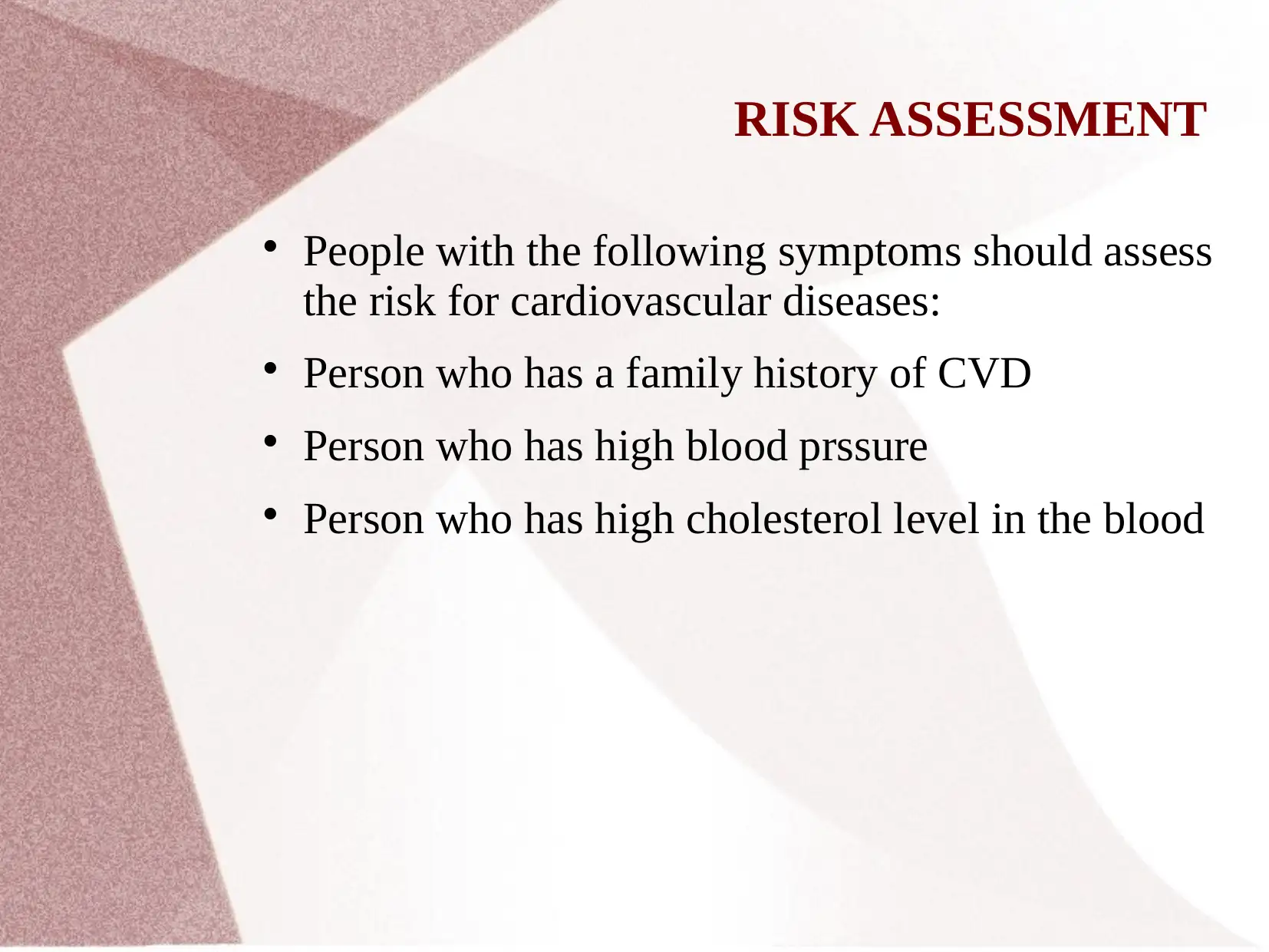
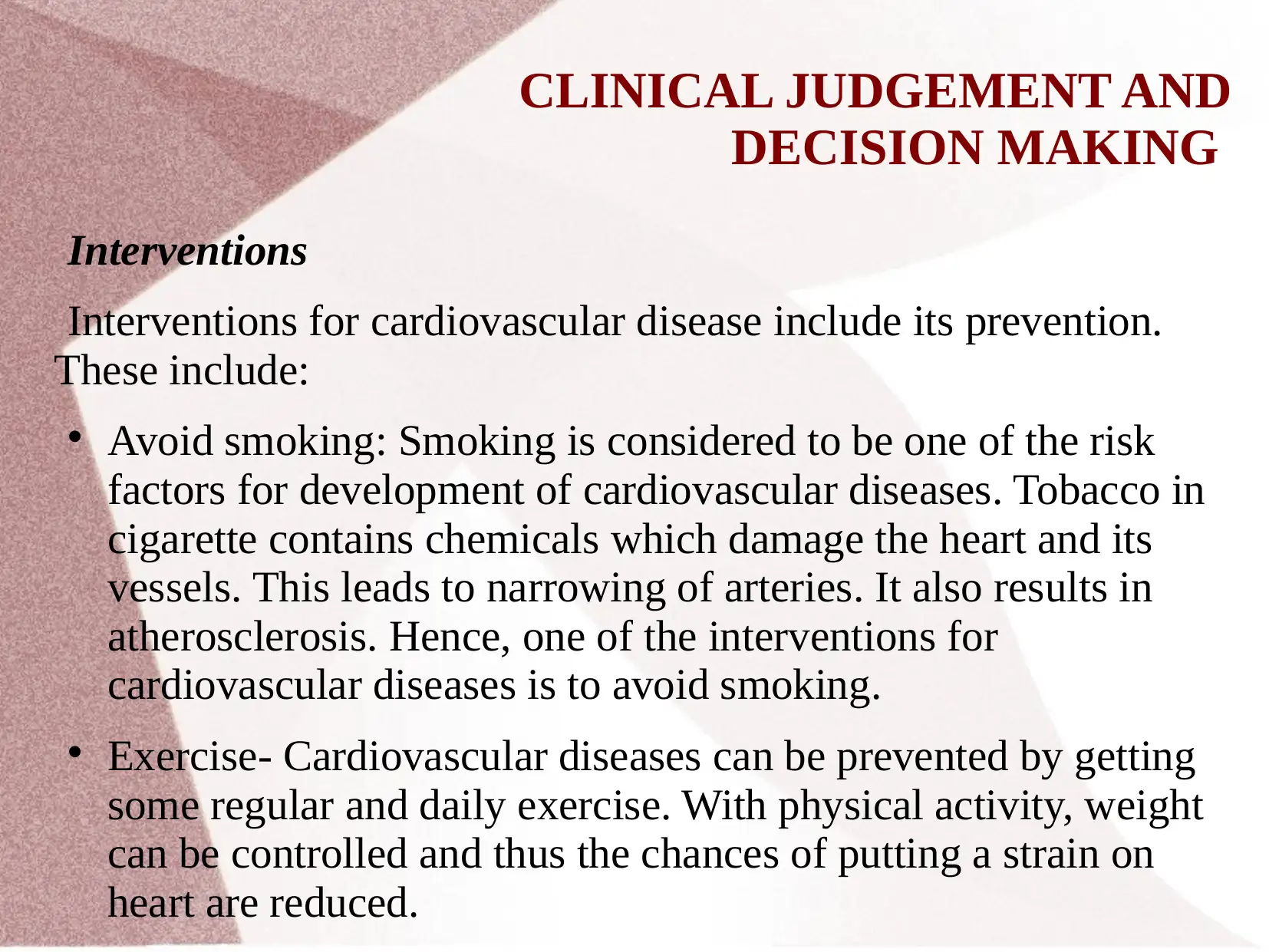
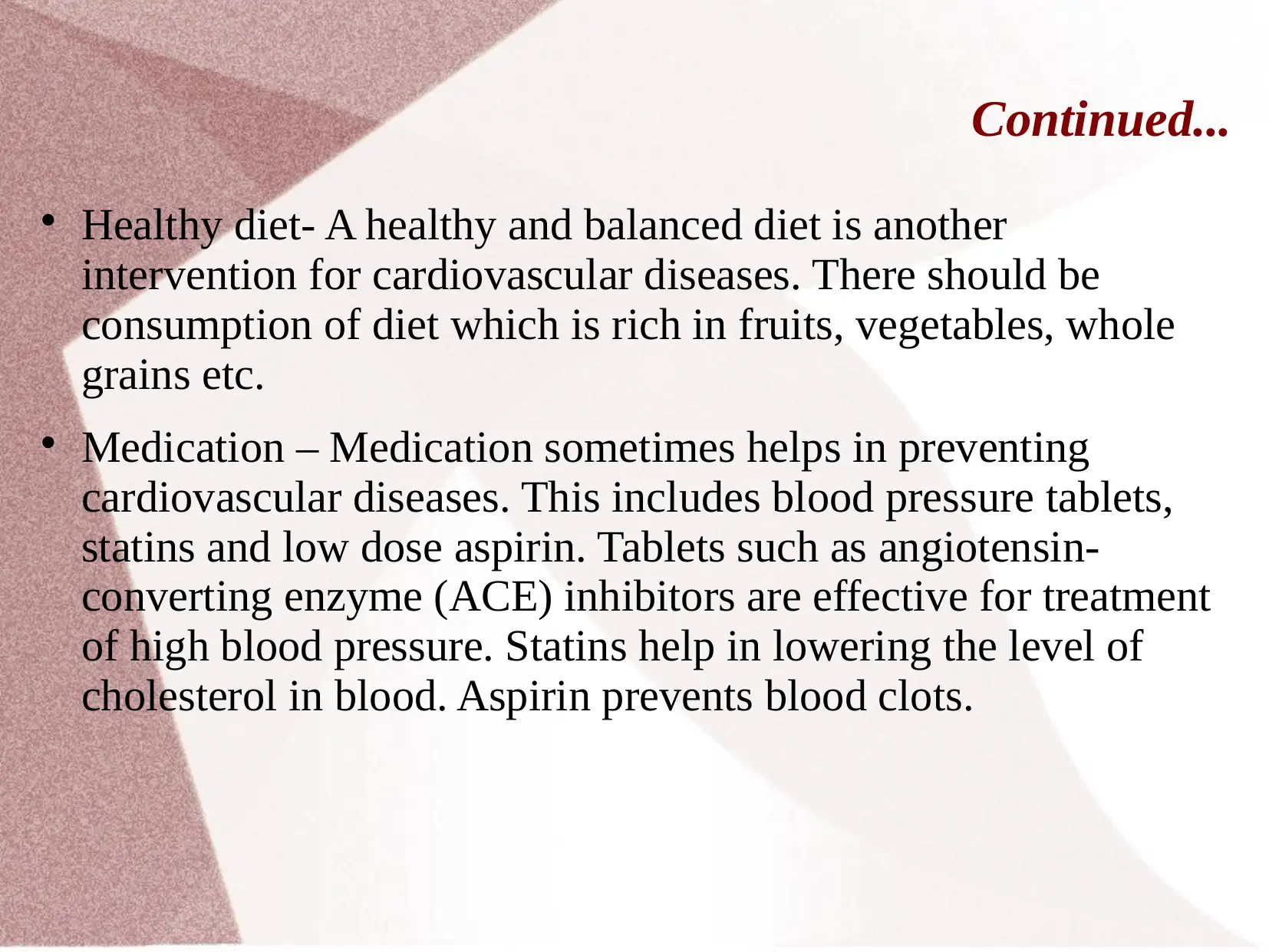




![[object Object]](/_next/static/media/star-bottom.7253800d.svg)